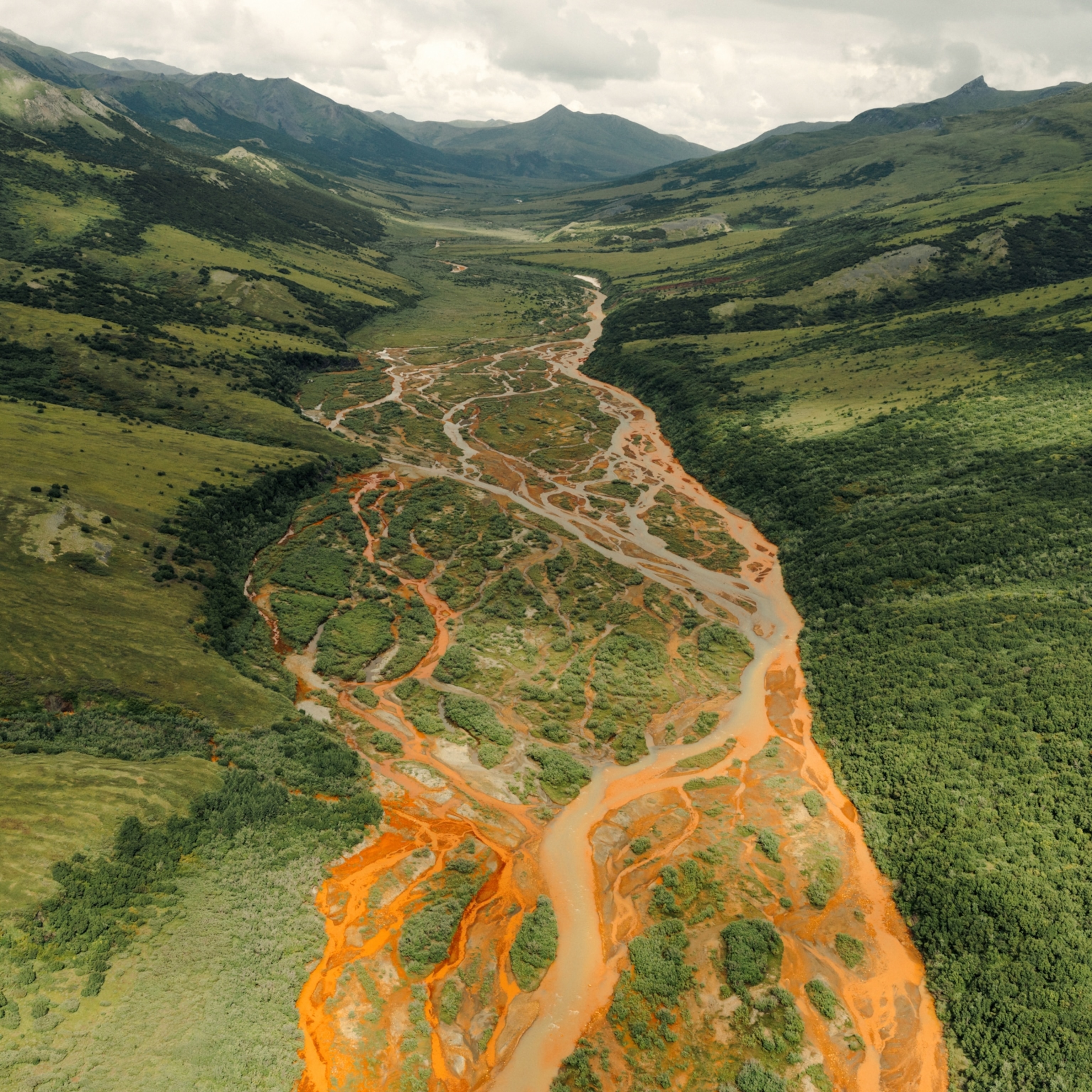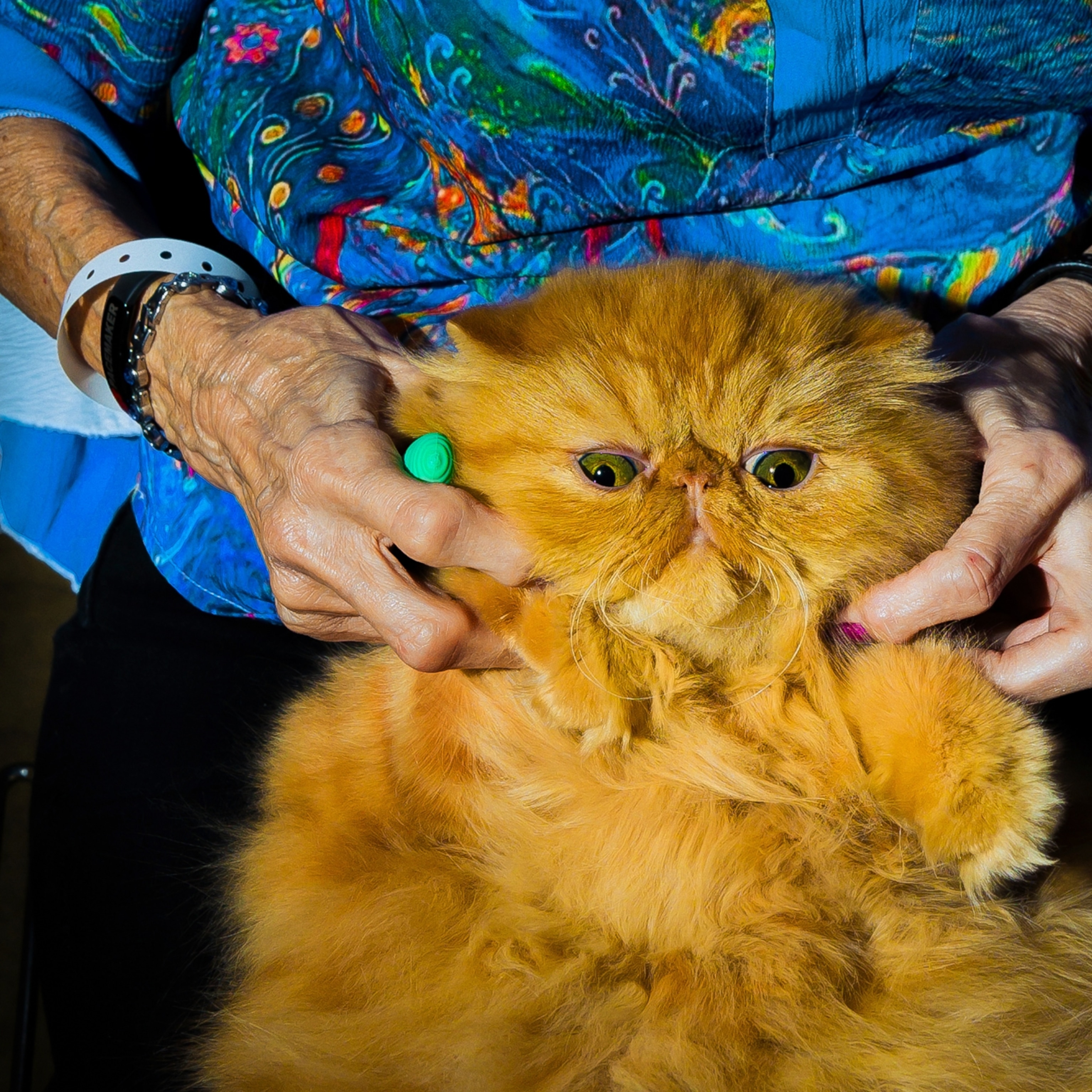A top Antarctic predator has switched what it eats
As the white continent warms, shrinking sea ice is changing life for leopard seals.
It was on the northern tip of a small rocky island at the bottom of the world where the solitary top predators suddenly started gathering.
Before 1996 around Livingston Island's Cape Shirreff, across the windy Bransfield Strait from the western Antarctic Peninsula, never more than two leopard seals were seen at a time. As far back as the 1800s, commercial fur sealers who'd slaughtered marine mammals for their pelts kept painstaking records of the animals they saw. Leopard seals, with their powerful jaws, upturned mouths and menacing teeth, weren't among them.
In recent years, though, a half-dozen hungry leopard seals may bob and weave offshore at once. They often plop onto the cape and nap. As many as 60 or 80 may swing by in a season. Once, researchers saw 30 hauled out at the same time.
"While that might not sound like a lot, keep in mind we're talking about a large, apex predator," says Doug Krause, a wildlife biologist and leopard seal expert with the National Oceanic and Atmospheric Administration. "Try to imagine 80 adult grizzly bears all foraging on your local beach."
What were these loners doing hanging out together? Feasting on newborns at a regionally important fur seal colony. In fact, this behavioral shift by one of Antarctica's most elusive creatures has dramatically altered life for Livingtson's fur seals. Fur seal populations there have dropped more than 80 percent in 15 years.
In a remote part of the planet that's changing faster than every place outside the Arctic, predator and prey are still trying to find balance in a world reconfigured by us. (Read more about a warming Antarctica.)
“Rather mysterious” animals
Leopard seals, in many ways, are still an engima. The spots on their coats, like the flukes of sperm whales, are unique enough they can be used to identify individuals. Yet these animals spend so much of their lives at sea, we don't even know how many there are. We know males sway in the water and sing haunting melodies to attract females, but we don't understand details about their mating, and there are only a handful of documented observations of a leopard seal with a pup.
They are fierce hunters who shred penguins, and one dragged a British scientist to her death in 2003. But leopard seals frequently show a gentle, playful, almost familial side when spotted by underwater photographers.
"They are rather mysterious," says Carolina Bonin Llewallen, an assistant professor of marine science at Virginia's Hampton University, who is studying leopard seal genetics. "We tend to see only a part of their lives, just a snapshot."
But we're learning—a lot.
Most of leopard seal life is about hunting. Roughly half a leopard seal's diet is made up of fish and krill, the shrimplike, pinky-length crustaceans that form the base of the Antarctic food web. Males generally also eat penguins. Females also often turn to seals, especially after producing offspring. Females typically outweigh males, at times topping 1,100 pounds and stretching to 12 feet.
And they don't always eat their kills right away.
Squirrels put food away for later. Lions kill zebras and then lay on top of them to guard against theft by other predators. Jaguars and leopards hide carcasses in trees. Leopard seals, scientists have learned, do many similar things.
One leopard seal took a dead penguin, hauled out on land with it, defended it against attacks by scavenging birds, then later ate it. "We've now got documented examples of leopard seals taking penguins, fur seals, or elephant seal pups and stashing them under rocks," Krause says. "The variety of their food caching is unprecedented."
That makes sense. Video footage from cameras scientists have attached to leopard seals have caught them swiping meals from each other underwater.
But lately humans appear perhaps to have unwittingly altered how and where some leopard seals get their meals.
Rapid change
Air temperatures during winter along the western Antarctic Peninsula have increased 10 degrees Fahrenheit over the last 60 or so years. Sea ice in the late 1970s covered ocean around the peninsula a full three months longer than it does today.
That matters for leopard seals because they're considered ice-obligate animals. Females haul out onto pack ice to give birth and nurse their pups. "They require that ice to be successful and they are losing that habitat," Krause says. "We've not seen evidence that they have enough flexibility to breed on land."
Scientists suspect a lack of ice floes offshore, where their preferred food—crabeater seal pups—would normally hang out, may have helped drive leopard seals to Livingston Island. There they found a steady diet of baby fur seals, which were marking their return since commercial seal-hunting brought them nearly to extinction in the 20th century.
"One might see eight leopard seals foraging on pups and penguins around the cape, and then six hours later there would be another eight leopard seals foraging," Krause says.
The feeding isn't pretty, but it's pretty amazing.
Baby fur seals frequently hang out in tidepools, unaware of the danger just offshore as a leopard seal suddenly appears. "If you're walking on the beach you'll see a head pop up out of nowhere—they sort of lurk, like a lion stalking its prey," Llewallen says. "If you wait long enough, you might see them launch at the pup and drag it away. Then you look up and you'll see a pup two meters in the air. After they capture the pups, they throw them and break their bones and tear them apart."
Some years, leopard seals may eat half of newborn seal pups. They've been driving down populations, on average, 11 percent per year. But in 2018, Krause and colleagues at NOAA documented the single largest annual fur seal decrease yet—more than 30 percent in one year.
What impact will this decline ultimately have on leopard seals living near the western tip of the peninsula? It's hard to say. But one of Krause's goals is also to begin using drone cameras to attempt to document their population, especially along the peninsula, where seal densities are thought to be the highest and where Antarctic sea ice is disappearing the fastest.








